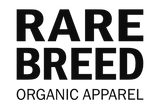Welcome to the Story of the Shirt! Each illustration used on Rare Breed's first T-shirt series comes from a different historical source, all of which are more than 100 years old. In this post I explore the story behind the Song Thrush T-shirt and how this image came to be.
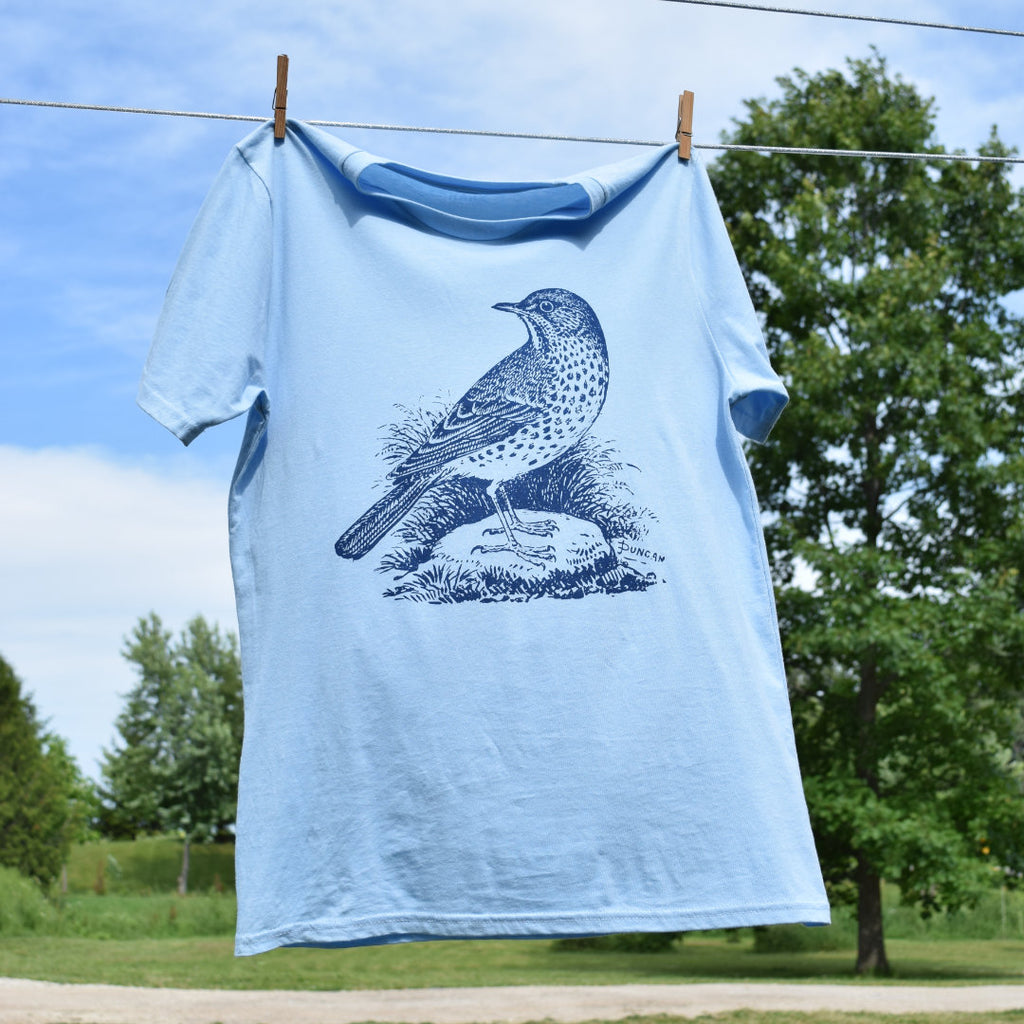
THE ART
This wonderful Song Thrush illustration was originally a pen and ink sketch published in the late 1800’s as part of a British newspaper series featuring birds of the British Isles. All of the drawings in the weekly series were created by Scottish artist John Duncan, and were intended to be biologically accurate depictions including details that could be used for bird ID.
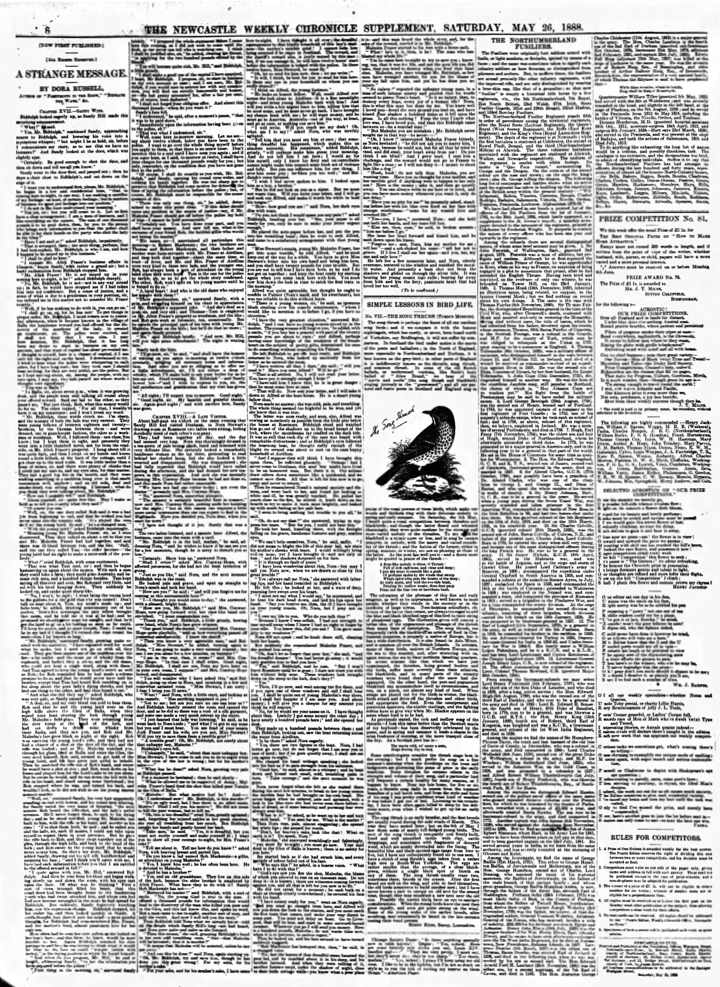
The Song Thrush seen in its newspaper habitat
As you can see in the image above, in the late 1880’s, the Newcastle Weekly Chronicle was almost entirely text, with just a few hand-drawn illustrations on its 16 pages. This made Duncan’s beautiful quality illustrations really stand out.
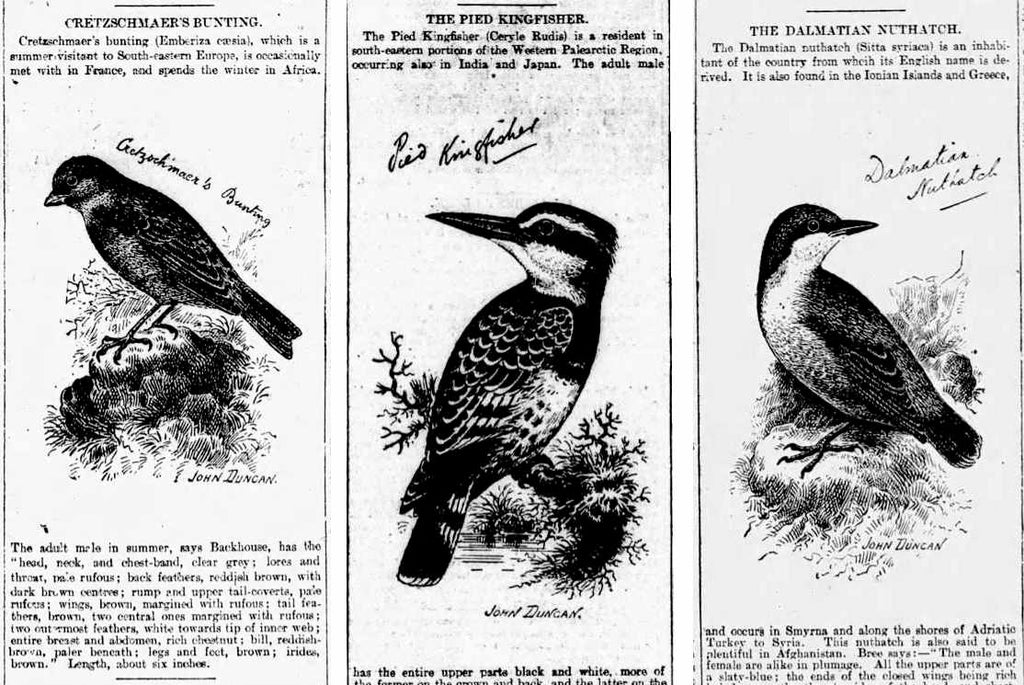
A sampling of John Duncan’s illustrations published in 1898.
The Newcastle Chronicle series had such an avid following that after a nearly 10 year run, all of the images were compiled into a book entitled “Birds of the British Isles.” This book showcased each bird along with text describing its habits and habitats. Importantly, publishing in book format allowed Duncan’s art to really shine, as the images could be printed larger and at a higher quality than they ever were in the newspaper. Best of all, this publication was available to the average British citizen, who for the first time could have a book of this caliber in their home.
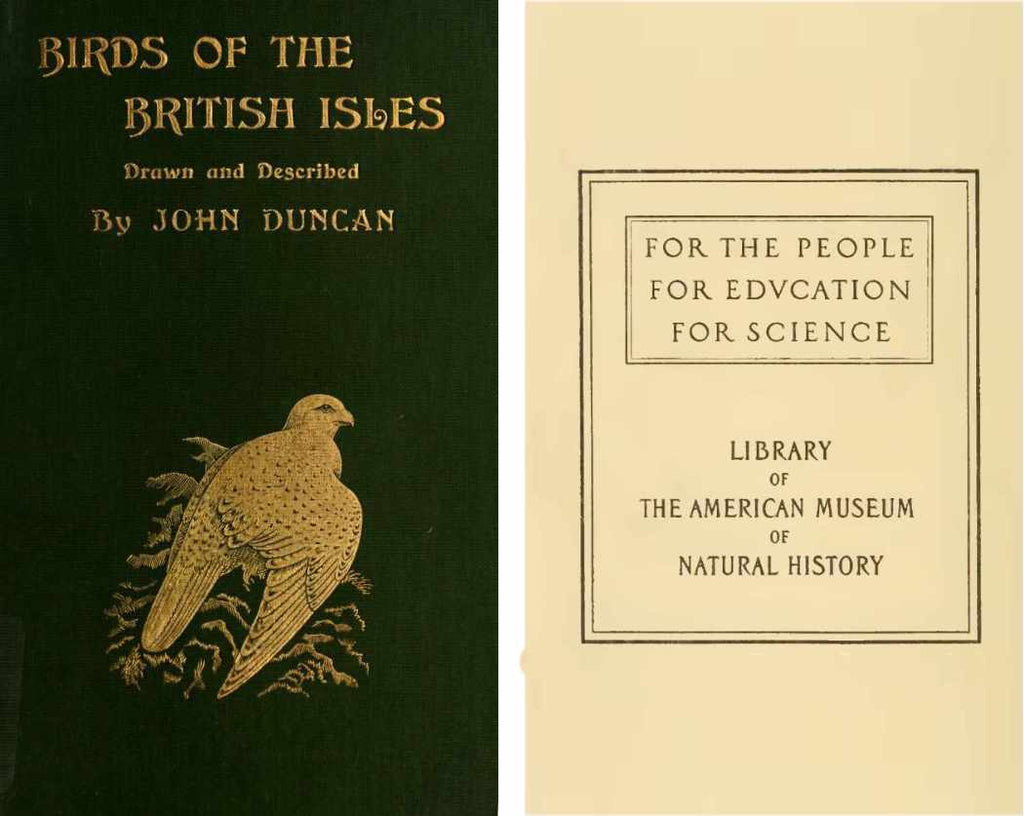
The cover and a page of Birds of the British Isles
ABOUT JOHN DUNCAN (1866-1945)
John Duncan was well-suited for this gig from the beginning, as his father was a taxidermist interested in ornithology. As a young person, he would join his father for “ornithological outings” (which is fancy talk for bird-watching) which sparked an early interest in birds.
Duncan began art training as a young boy and at the age 14 was apprenticed to William Wailes, one of the most prolific stained glass window producers in England at the time. While religious painting was his vocation, Duncan never lost his interest in birds and would often paint them in his spare time as a young man. Duncan also had the privilege of continuing his studies in Belgium, Germany, Scotland and Italy, and was particularly influenced by the early Italian artists.
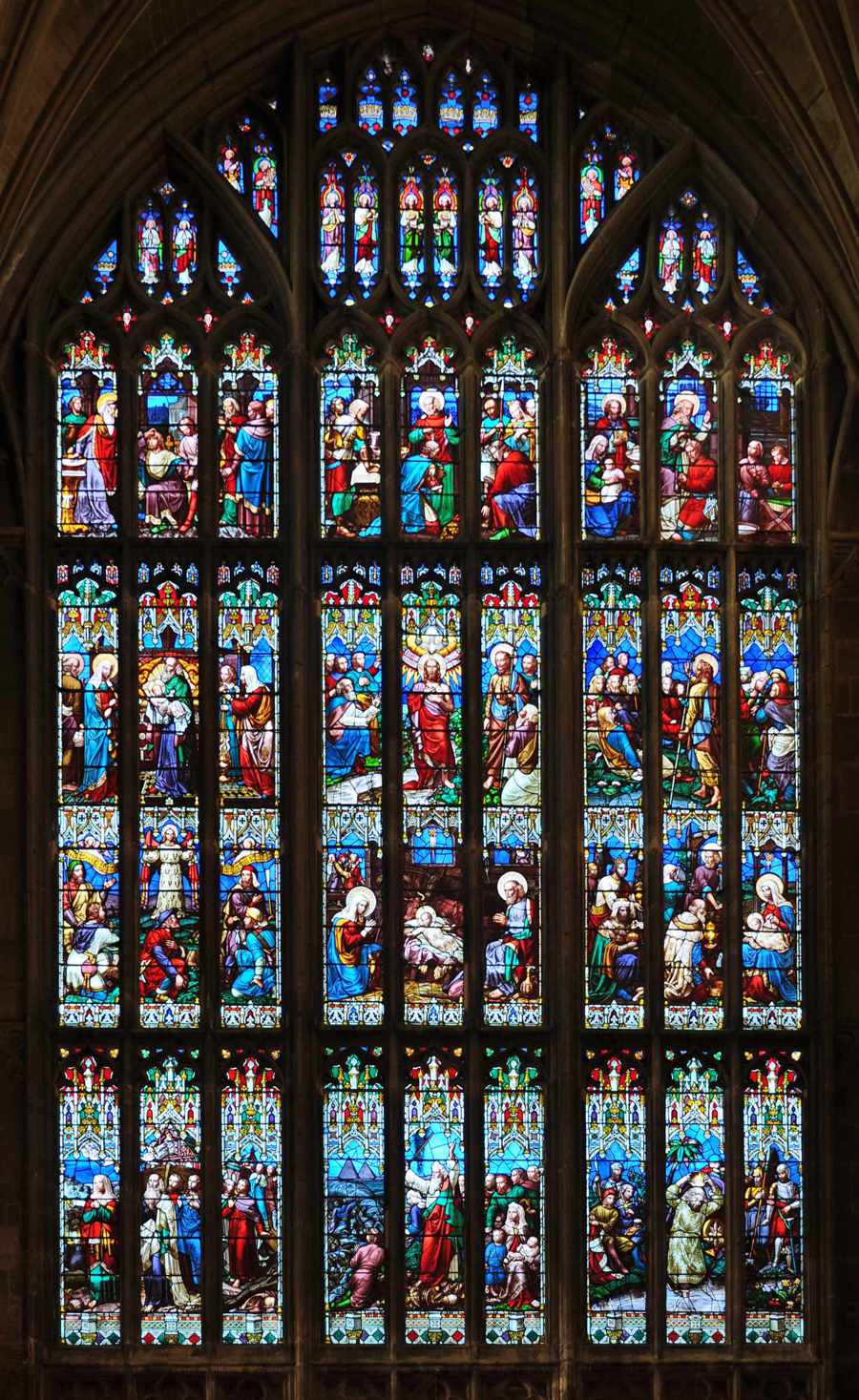
The Gloucester Cathedral - West Window by William Wailes and company
Duncan continued with ecclesiastical painting for the next 40 years while also creating a wide range of tempera and oil paintings depicting Celtic and Norse legends and religious themes, as well as visiting North America and teaching briefly at the University of California.
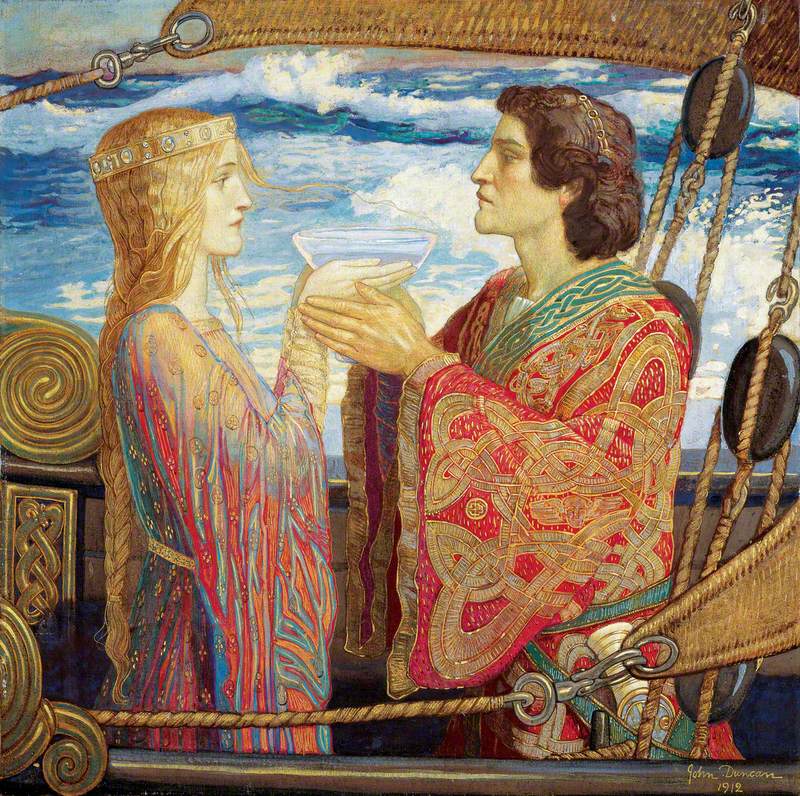
Tristan and Isolde by John Duncan. Tempera on canvas,1912
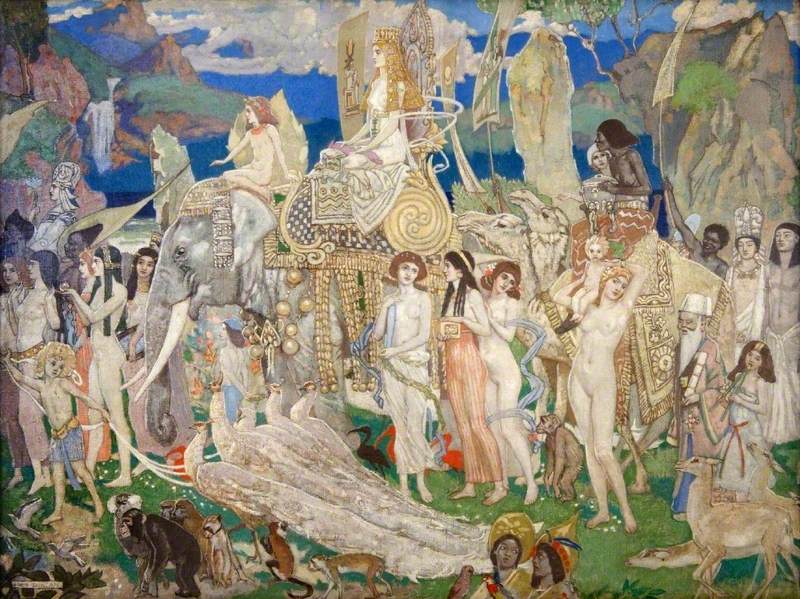
Ivory, Apes and Peacocks (The Queen of Sheba) by John Duncan. Tempera on canvas, 1909-1920
As a result of his impressive body of work, John Duncan was designated as a member of the Royal Scottish Academy (RSA) and The Royal Scottish Society of Painters in Watercolour (RWA). Both were prestigious memberships that required nomination by fellow artists.
Reflecting on John Duncan’s work from the perspective of someone who simply became enamoured with his Song Thrush sketch and had to share it with the world, I am amazed at the variety of his work and his mastery of several disparate art styles. It’s hard to believe the same person created (or had a hand in creating) all of the works shown above.
To me, John Duncan’s drawings have a life of their own – leaping from newspaper pages into books and now onto T-shirts too. I am grateful that he was willing to hone his gift and that I have had to opportunity to help share it with the world.
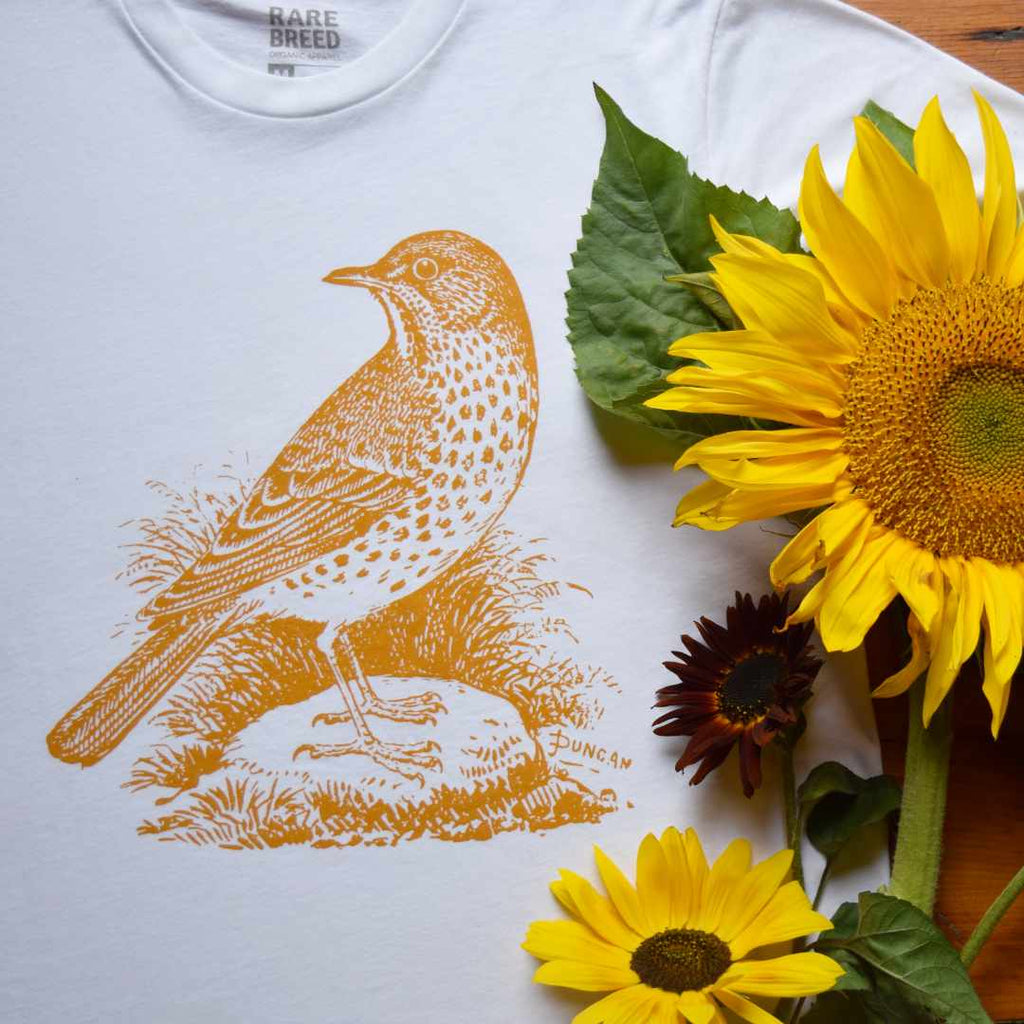
Go on and sing your song, friends - the one that only you can sing.
